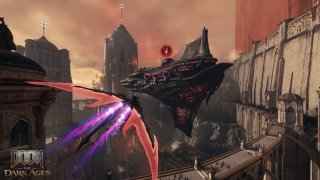Yoko Taro, the renowned creator behind NieR: Automata and Drakengard , has spoken about the transformative influence of ICO on video games as a medium of artistic expression. Released in 2001 for the PlayStation 2, ICO quickly became a cult classic thanks to its minimalist design and wordless storytelling.
Taro highlighted how the game's core mechanic—where players guide the character Yorda by holding her hand—radically altered gameplay conventions of the time. "If ICO had tasked you with carrying a suitcase the size of a girl instead, it would have been an incredibly frustrating experience," Taro remarked. He emphasized that requiring players to lead another character was groundbreaking, challenging traditional notions of interactivity in games.
At the time, game design was often considered successful if the experience remained engaging even when all on-screen elements were reduced to simple cubes. ICO defied this approach by prioritizing emotional resonance and thematic depth over purely mechanical innovation. According to Taro, the game proved that art and narrative could transcend their role as mere backdrops to gameplay, becoming integral components of the experience.
Describing ICO as "epoch-making," Taro credited it with reshaping the trajectory of game development. He praised the title for demonstrating that video games could convey profound meaning through subtle interactions and atmospheric design.
In addition to ICO , Taro cited two other influential games that left a lasting impression on both him and the industry: Undertale by Toby Fox and LIMBO by Playdead. These titles, he argued, pushed the boundaries of what could be expressed through interactive media, proving that video games are capable of delivering deep emotional and intellectual experiences.
For fans of Yoko Taro's work, his admiration for these games offers insight into the creative inspirations behind his own projects. It also underscores the ongoing evolution of video games as a powerful and versatile art form.
Main image: x.com

 Alexander "peter bjorn" Fadin
Alexander "peter bjorn" Fadin


















0 comments